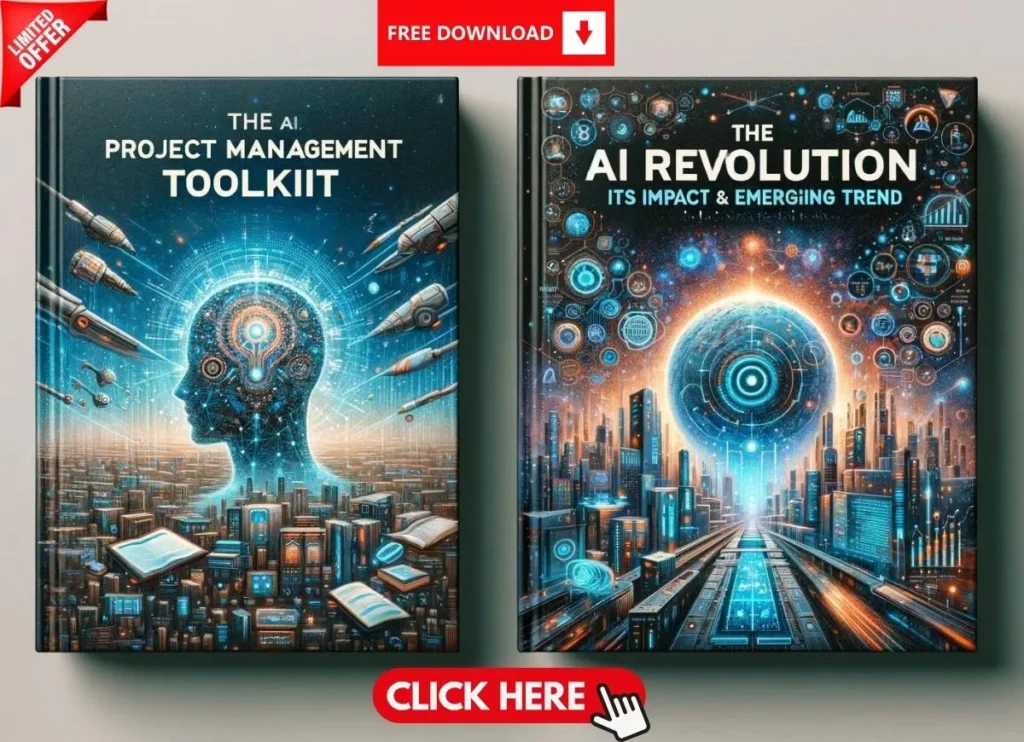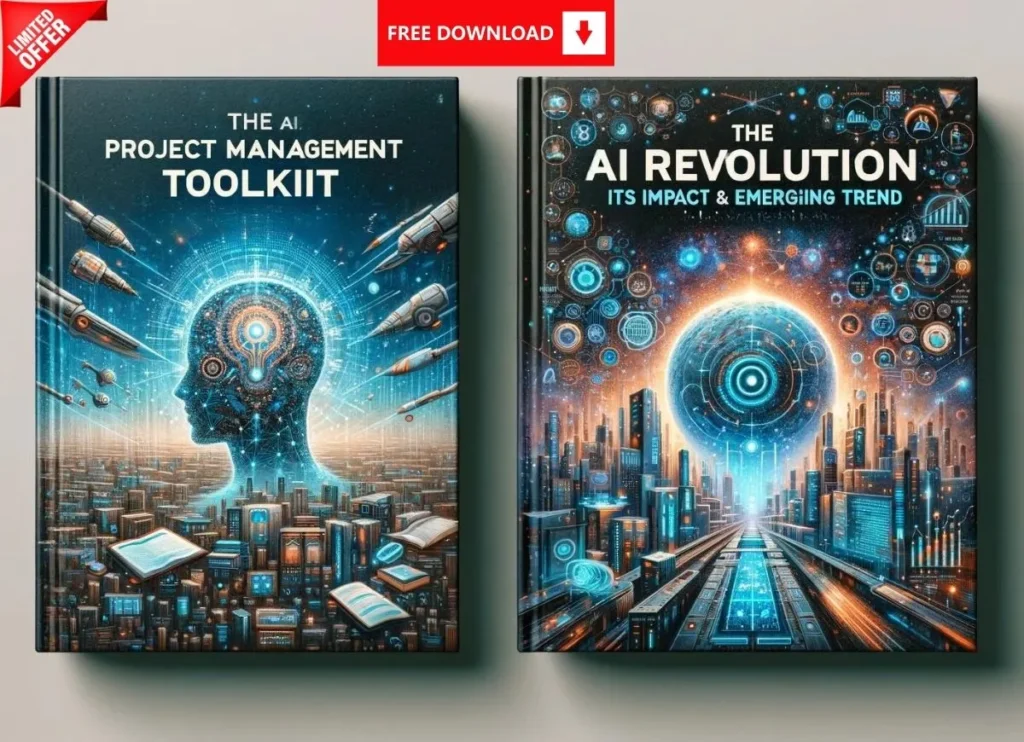1. Introduction
From inventory optimization and customer sentiment analysis to intelligent chatbots and predictive forecasting, AI initiatives promise transformational gains for businesses across every sector. However, the road to delivering these gains is often stymied by one key hurdle: stakeholder buy-in for AI Projects. No matter how revolutionary or well-engineered an AI solution might be, it will struggle to reach deployment if your organization’s decision-makers, end-users, and financial backers aren’t on board.
In this in-depth guide, we will discuss practical and proven strategies for securing stakeholder support—particularly from executives and influential project sponsors—for your AI projects. You’ll learn the importance of ROI storytelling, how to address common fears and misconceptions, and the best methods for communicating the value of AI in a way that resonates with diverse audiences. Whether you’re an AI project manager, a business analyst, or a champion trying to future-proof your enterprise, this article will empower you with tools to secure the buy-in you need to succeed.
2. Why Stakeholder Buy-In Is Critical for Successful AI Projects
Why is stakeholder buy-in critical for successful AI projects? Because AI implementations touch various business units, processes, and often, people’s job roles:
- Resource Allocation: Gaining leadership support unlocks budgets, talent, and infrastructure. AI experiments or proofs-of-concept require specialized data scientists, robust hardware, and sometimes third-party tools.
- Risk Mitigation: Stakeholders who feel engaged and informed can quickly escalate potential risks or compliance issues before they become project roadblocks.
- Culture and Adoption: AI transforms daily workflows. If employees or managers distrust it, adoption falters—no matter how advanced the technology is.
- Long-Term Vision: AI initiatives often span multiple releases. Sustained stakeholder commitment ensures the project can evolve, adapt, and generate enduring value.
Projects lacking stakeholder trust or clarity of purpose often succumb to scope creep, budget overruns, or quiet stagnation. Conversely, gaining support for AI initiatives ensures that these endeavors frequently deliver above-average ROI and become catalysts for further innovation.
3. Common Challenges in Gaining Support for AI Initiatives
Many organizations are excited by AI in theory but become hesitant when facing practical implementation. Here are some typical roadblocks:
- Fear of Job Loss: Employees and even managers may worry that an AI rollout will automate their tasks, leading to layoffs or role obsolescence.
- Budget Constraints: AI projects aren’t always cheap. Costs range from training data models to purchasing specialized equipment, or upskilling staff. Stakeholders may resist big-ticket initiatives without clear returns.
- Data Privacy and Security Concerns: Using large sets of data, especially personal or customer information, triggers compliance questions around GDPR, CCPA, or other regulations.
- Limited Technical Understanding: Executive sponsors might find AI jargon (like “deep learning,” “regression model,” or “Python notebooks”) confusing. This can hinder their support if they don’t grasp the solution’s fundamentals.
- Skepticism from Past Failures: Some organizations have been burned by “big data” or IT transformation attempts that overpromised but under-delivered. AI pitches may trigger those same skeptical reflexes.
Acknowledging these challenges upfront helps you tailor a communication plan that addresses concerns head-on, fosters trust, and sets realistic expectations.
4. Strategies for Gaining Support from Stakeholders in AI Initiatives
Securing buy-in for your AI project starts with foundational steps that ensure your proposal is both credible and aligned with business needs.
4.1 Identifying the Right Stakeholders
What are the best ways to get buy-in from stakeholders for AI projects? Start by mapping who’s directly or indirectly affected by your AI initiative:
- Executive Sponsors: Typically C-level leaders or vice presidents who control budgets and strategic priorities.
- Functional Managers: Department heads whose teams will use or be impacted by the AI tool.
- Influencers and Champions: Tech-savvy employees or strategic partners who can evangelize the project.
- End-Users: Frontline staff, analysts, or others who will rely on the AI outputs daily.
Engage each group early, clarifying benefits and listening to their concerns. This prevents blind spots and fosters an inclusive environment where no one feels left out of major decisions.
4.2 Aligning AI Projects with Organizational Goals
How can project managers engage stakeholders in AI initiatives? Tie the project’s outcomes to broader corporate strategies. Examples might include:
- Cost Reduction: If the CFO’s priority is reducing operational expenses by 10%, highlight how an AI-based automation tool can minimize manual labor or rework.
- Revenue Growth: If the CEO aims to expand into new markets, underscore how predictive analytics can identify promising regions or upsell opportunities.
- Customer Satisfaction: Demonstrate how chatbots or personalization engines can raise net promoter scores (NPS) or reduce churn.
The more tangible and directly aligned your AI project is with big-picture targets, the simpler it becomes to build a compelling case for AI adoption and stakeholder engagement.
4.3 Demonstrating Tangible Benefits and ROI
How do you demonstrate the benefits of AI projects to stakeholders? Use data-driven estimates that connect AI outputs to quantifiable business impacts:
- ROI Metrics: Provide approximate ROI calculations, possibly using net present value (NPV) or cost-benefit analyses.
- Benchmarking Data: Reference success stories from your industry. If a competitor used AI to cut defect rates by 30%, leverage that real-world example to show feasibility.
- Timeline of Payback: Many AI projects need time to collect enough data or refine models. A quick payback period—say, 12–18 months—reassures stakeholders who fear lengthy, indefinite investments.
4.4 Crafting Effective Communication and Storytelling
AI can be intimidating or perceived as overly technical. Best practices for communicating the value of AI projects to stakeholders involve:
- Simplifying the Tech Jargon: Rather than explaining the nitty-gritty of a convolutional neural network, articulate how your system “learns from past data to predict next steps” in plain language.
- Using Metaphors or Analogies: Compare your AI model to a financial advisor that constantly studies market trends, or a dynamic scheduling assistant that organizes tasks based on changing conditions.
- Visual Aids: Graphs, flowcharts, or mock-ups can clarify the AI’s workflow or potential impact far better than text-heavy docs.
5. Best Practices for Communicating the Value of AI Projects to Stakeholders
Building on the above strategies, here are additional tips to make your pitch more persuasive.
5.1 Tailoring Messages by Audience Segment
One size does not fit all. CFOs want to hear about cost savings, top executives may focus on strategic differentiation, while middle managers might prefer operational improvements:
- Finance Team: Emphasize budget efficiency, ROI, break-even points, and cost per user.
- IT Department: Delve into integration specifics, data governance, and compatibility with existing systems.
- End-Users: Showcase user-friendly interfaces, training, and how the AI tool reduces mundane tasks.
5.2 Using Pilot Projects and Quick Wins
Nothing convinces stakeholders like tangible proof. A small-scale pilot can:
- Demonstrate Feasibility: Show the AI can function in your unique environment (company data, processes).
- Gather Feedback: Early participants can validate the approach, ensuring your final rollout better meets user needs.
- Earn Trust: A successful pilot with measurable gains (say, a 20% time-saving in one department) can spark excitement and reduce skepticism.
5.3 Leveraging Data-Driven Proof Points
Support your pitch with:
- Dashboards that visualize potential outcomes (e.g., “Based on 6 months of usage, we can expect a 15% improvement in lead conversion”).
- Case Studies (whether from internal or external sources) that detail how organizations overcame obstacles with AI.
- Peer Reviews: If your vendor or partner has references, gather their success metrics to bolster your own.
5.4 Pre-Empting Concerns and Objections
Overcoming resistance from stakeholders in AI implementations is easier if you address likely pushbacks upfront:
- Budget: Propose phased funding or milestone-based spending.
- Complexity: Demonstrate thorough project planning and confirm you have (or will secure) the required technical expertise.
- Privacy: Outline data protection measures, anonymization protocols, and compliance with relevant regulations.
6. Overcoming Resistance from Stakeholders in AI Implementations
Even with enthusiastic sponsors, some friction may remain. Understanding common friction points helps you neutralize them.
6.1 Addressing Privacy and Security Issues
Especially in industries handling sensitive data—like healthcare or finance—AI adoption and stakeholder engagement are critical, as stakeholders fear lawsuits or reputational damage if AI mismanages information. Emphasize:
- Encrypted Storage: Data encryption at rest and in transit.
- Role-Based Access Controls: Only authorized personnel can access certain datasets or model outputs.
- Regulatory Compliance: Whether it’s HIPAA for healthcare or GDPR in the EU, show you’re building compliance from the ground up.
6.2 Mitigating Job Displacement Fears
One of the toughest hurdles is the belief that AI will “take jobs.” Tackle this head-on by clarifying:
- Reskilling Programs: Outline how employees can be trained to manage or complement AI tools.
- New Opportunities: Explain how AI can free staff from routine tasks, letting them focus on creative, value-add responsibilities.
- Gradual Implementation: Emphasize a phased approach, giving teams time to adapt.
6.3 Showing Alignment with Company Culture and Ethics
Some companies prioritize fairness, sustainability, or transparent decision-making. If your AI model uses data in ways that might raise ethical questions (e.g., potential biases), be proactive:
- Auditing and Explainable AI: Plan to regularly audit the model for bias. Use explainable AI methods (like SHAP or LIME) that clarify how decisions were reached.
- Cultural Fit: Show how the AI solution upholds the organization’s values. For instance, if the company prides itself on “personalized customer care,” highlight how AI will enhance personalization, not replace human empathy.
7. ROI Storytelling: Showing Executive Sponsors the Financial Upside
ROI storytelling involves weaving a narrative around your AI initiative’s economic impact:
- Frame the Pain Point: Perhaps your call center is swamped, leading to poor customer satisfaction. This results in an annual $2 million revenue loss from churn.
- Introduce the AI Solution: A chatbot or voice-recognition tool that triages calls more efficiently.
- Quantify the Gains: If you reduce hold times by 50%, how much churn might you save? If you automate half the repetitive tasks, how many staff hours are freed? Translate these hours into dollar value.
- Highlight Timing: Show how soon these benefits materialize and accumulate—e.g., “Within 12 months, we could be saving $500,000 in operational costs.”
Executive sponsors often respond best to a clear, concise ROI argument, especially when supplemented by real-world pilot data or external benchmarks.
8. Case Studies: Real-Life Examples of Successful Executive Buy-In
Let’s look at a few short scenarios illustrating how organizations navigated stakeholder buy-in for AI:
8.1 Retail Personalization Initiative
- Challenge: A mid-size e-commerce retailer saw high cart abandonment rates.
- AI Solution: Personalized product recommendations based on browsing behavior.
- Pitch: The PM showcased how Amazon-like personalization could boost average order values by 10%. They ran a 2-week pilot on a small subset of users, observed a 12% increase, and used these numbers to rally executive support for a full-scale deployment.
8.2 Predictive Maintenance in Manufacturing
- Challenge: Costly downtime whenever a critical machine failed unexpectedly.
- AI Solution: A machine learning model trained on sensor data to anticipate breakdowns.
- Key to Buy-In: The PM framed the conversation around avoiding $1 million in annual downtime losses. A small pilot using historical data predicted 80% of imminent failures. Encouraged by the pilot’s success, top management greenlit a comprehensive rollout.
8.3 Conversational AI in Customer Support
- Challenge: High call center operating costs and uneven service quality.
- AI Solution: A conversational bot to handle tier-one inquiries.
- Executive Concerns: Job displacement and brand reputation if the bot offered subpar experiences.
- Resolution: The PM stressed how employees would shift to higher-level tasks (upselling, complex troubleshooting). A pilot with internal staff cut average response times by 60%. Pleased with the results, executives provided full funding for a public-facing release.
In each case, direct evidence of benefits and a well-structured narrative overcame skepticism, securing the necessary backing and budget.
9. Actionable Tips for Project Managers to Engage Stakeholders in AI Initiatives
Condensing the main points from above, here’s a quick checklist:
- Start Early: Don’t wait until your proposal is finalized. Gather informal feedback from key stakeholders during brainstorming phases.
- Use Simple Language: Replace “gradient boosted decision trees” with “predictive models” or “advanced analytics.”
- Provide Clear Metrics: Whether it’s cost savings, employee hours saved, or lead conversion improvements—offer quantifiable wins.
- Address Fears Proactively: Job loss, data security, and ROI uncertainty are common. Have prepared responses and references.
- Demonstrate Quick Wins: A pilot or proof-of-concept is invaluable. If possible, test on a small, controlled environment that yields measurable success.
- Offer Pathways for Skills Development: Everyone wants to know how AI will impact them. Show upskilling or training programs that let employees advance with new tech.
- Iterate: Collect feedback after each stakeholder presentation. Fine-tune your pitch for the next audience.
10. Enroll to Master Advanced Communication & Leadership
Securing stakeholder buy-in for AI projects isn’t just about technical prowess—it’s about persuasive communication, visionary leadership, and strategic planning. If you’re ready to sharpen these skill sets, consider enrolling in our Advanced Communication & Leadership Modules. You’ll learn:
- Executive Communication Tactics: How to frame AI initiatives in a business-centric language.
- Persuasion Techniques: Strategies for influencing board members, end-users, and cross-functional teams.
- Data-Driven Storytelling: Crafting compelling ROI narratives that convert skeptics into champions.
- Leadership Models for AI: Navigating the ethical, social, and cultural challenges that come with AI adoption.
Click here to explore our course offerings and gain the confidence, knowledge, and strategic edge to drive meaningful AI transformations in your organization.
11. Conclusion
Securing stakeholder buy-in stands at the heart of any successful AI endeavor. From the earliest conceptual phases to final deployment, you’ll need to bridge technical complexity with clear, relatable messaging—often delivered under tight scrutiny and budget considerations. By understanding and addressing common fears, demonstrating ROI with pilot projects, and tailoring your communication to each audience, you can transform skeptics into advocates and transform a “nice-to-have” AI concept into a strategic imperative.
Ultimately, remember that it’s not just about championing an AI project; it’s about promoting a vision of how technology can elevate the entire enterprise—making tasks easier, decisions more data-driven, and solutions more innovative. With the right combination of storytelling, data, and empathy, you can gain the stakeholder support necessary to push AI initiatives forward, ensuring your organization reaps the rewards of tomorrow’s most pivotal digital transformation opportunities.








